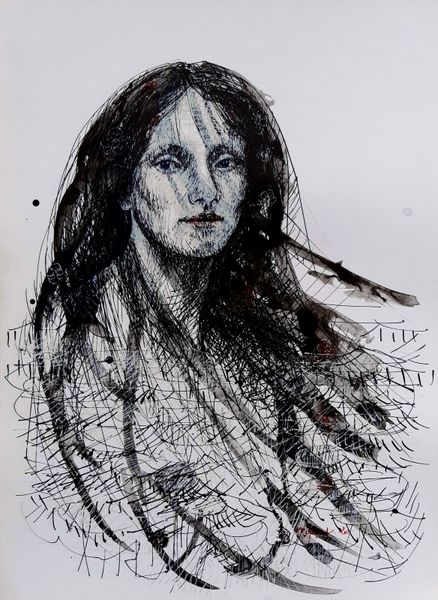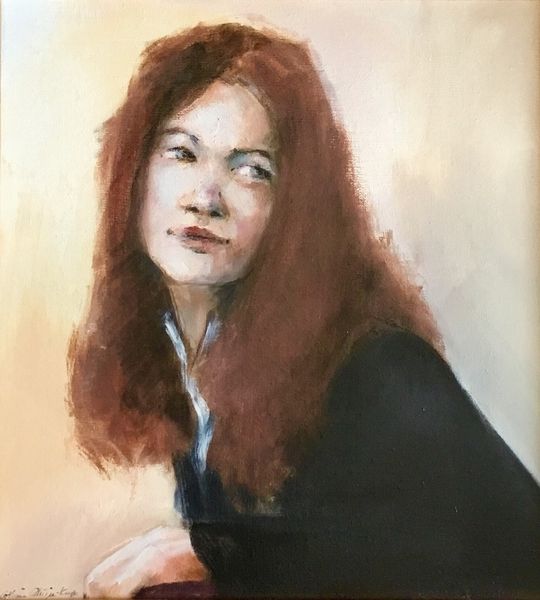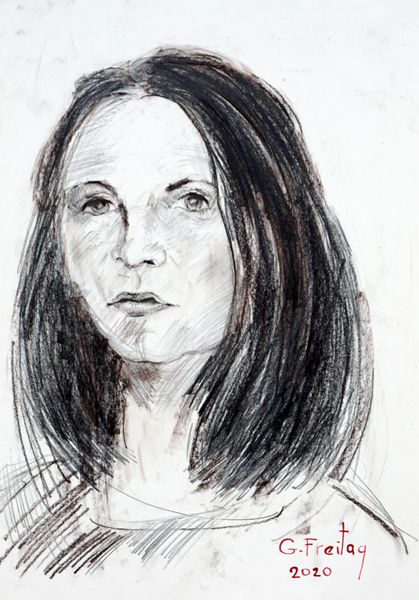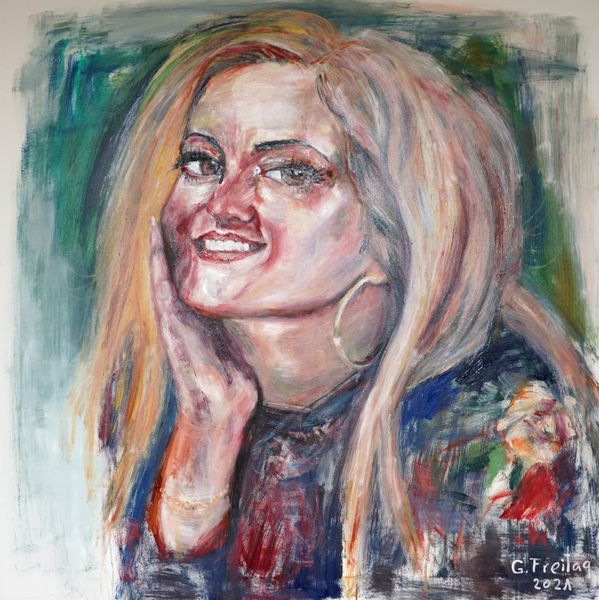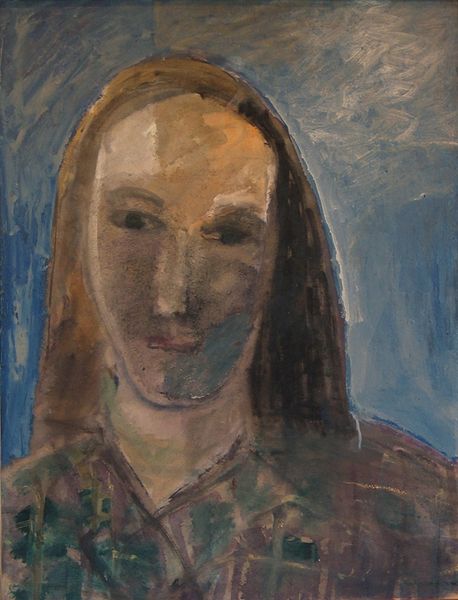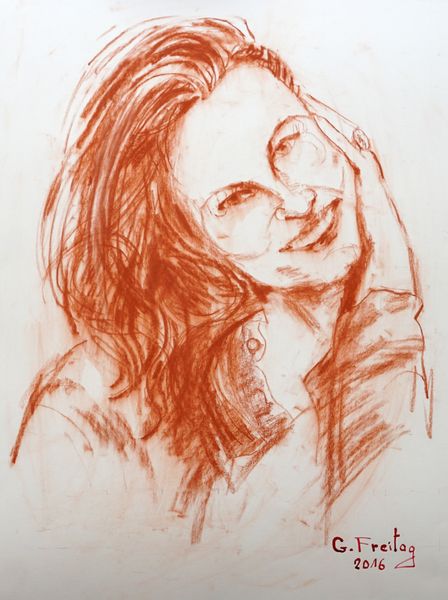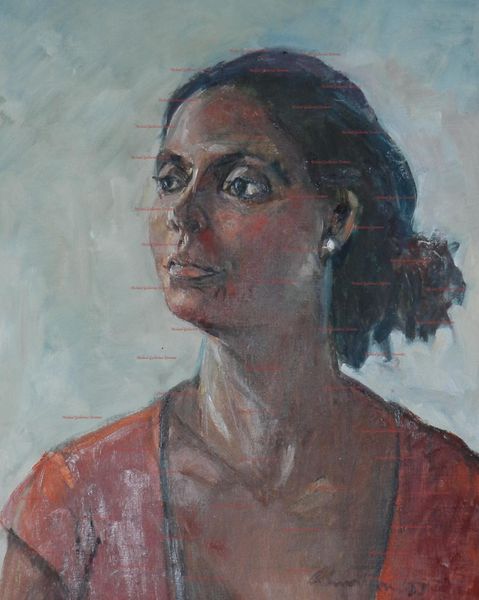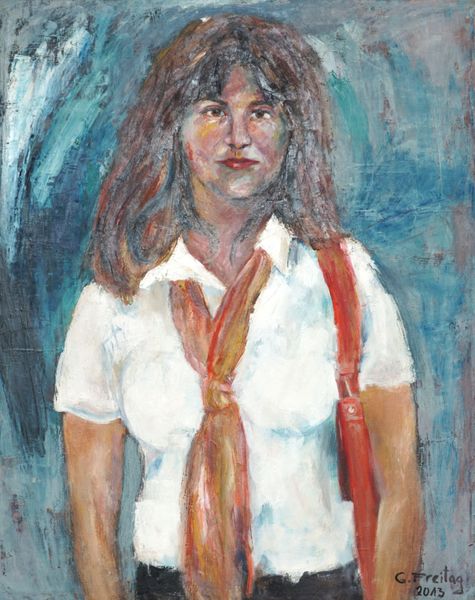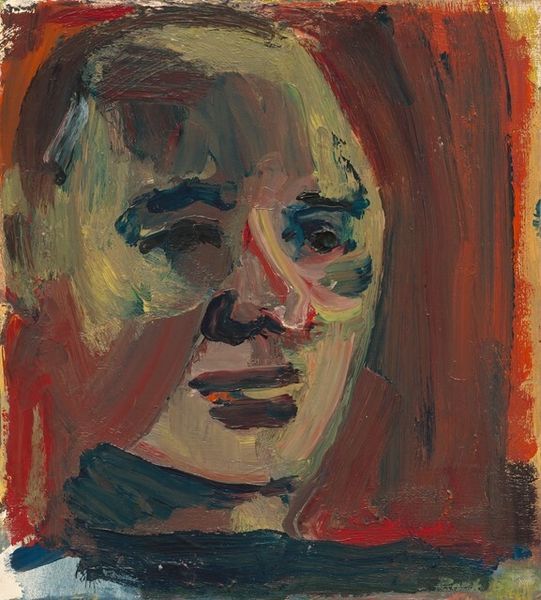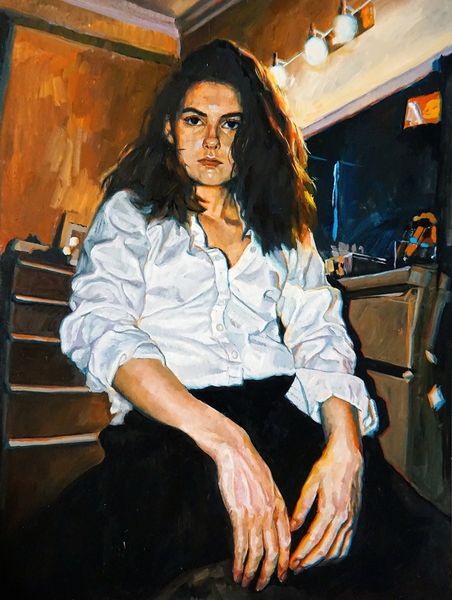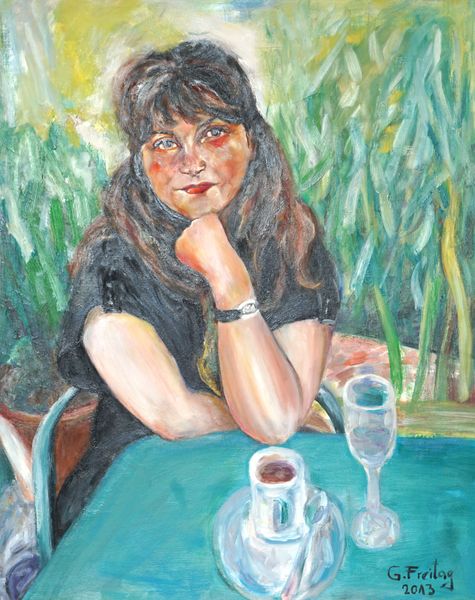
painting, oil-paint
#
portrait
#
contemporary
#
painting
#
oil-paint
#
oil painting
Dimensions: 120 x 120 cm
Copyright: Copyright: Gazmend Freitag
Curator: Gazmend Freitag painted this portrait of Vjosa Osmani in 2021. The medium looks to be oil paint on a square canvas. Editor: My initial response is… striking! The loose brushstrokes give the piece a modern feel, yet there's something classical in the composition. The colour palette feels very contemporary. Curator: Freitag is a contemporary artist, and this portrait very much situates itself in the lineage of formal portraiture. Consider how portraits, throughout history, have often served to solidify power and status. Given Osmani’s position, how might this painting engage with that history? Editor: I see it as a conscious choice to place her within, and perhaps critique, that legacy. Osmani, as a female president, challenges traditionally male-dominated power structures. The vibrant colours and brushstrokes almost democratize the image, making it more approachable. Curator: That’s an interesting point. The light blue backdrop also departs from the somber, darker tones often associated with traditional political portraiture, imbuing the work with a more youthful feel. We need to remember too, the very public role of artists and intellectuals during Kosovo’s struggle for independence and state building. Editor: Exactly. The red blush on her cheeks, the direct gaze, the subtle smile… It's intimate, and speaks to a vision of leadership that isn't authoritarian or detached, but connected and aware. Is the direct address in her eyes reflective of how Freitag regards female authority in formerly oppressive patriarchal cultures? Curator: Freitag is undoubtedly making a statement, one that speaks to contemporary shifts in power dynamics and representation. The artist uses oil paint in a way that celebrates this particular public figure in Kosovo’s post-war historical narrative. It is very different than how public figures were represented in the Yugoslavian era for example. Editor: Well, this painting offers a rich intersection of history, politics, and artistic expression. It definitely prompts crucial discussions around identity and power in the contemporary political landscape. Curator: Indeed. It makes us question who gets immortalized through portraiture and what that means in a constantly changing world.
Comments
No comments
Be the first to comment and join the conversation on the ultimate creative platform.
